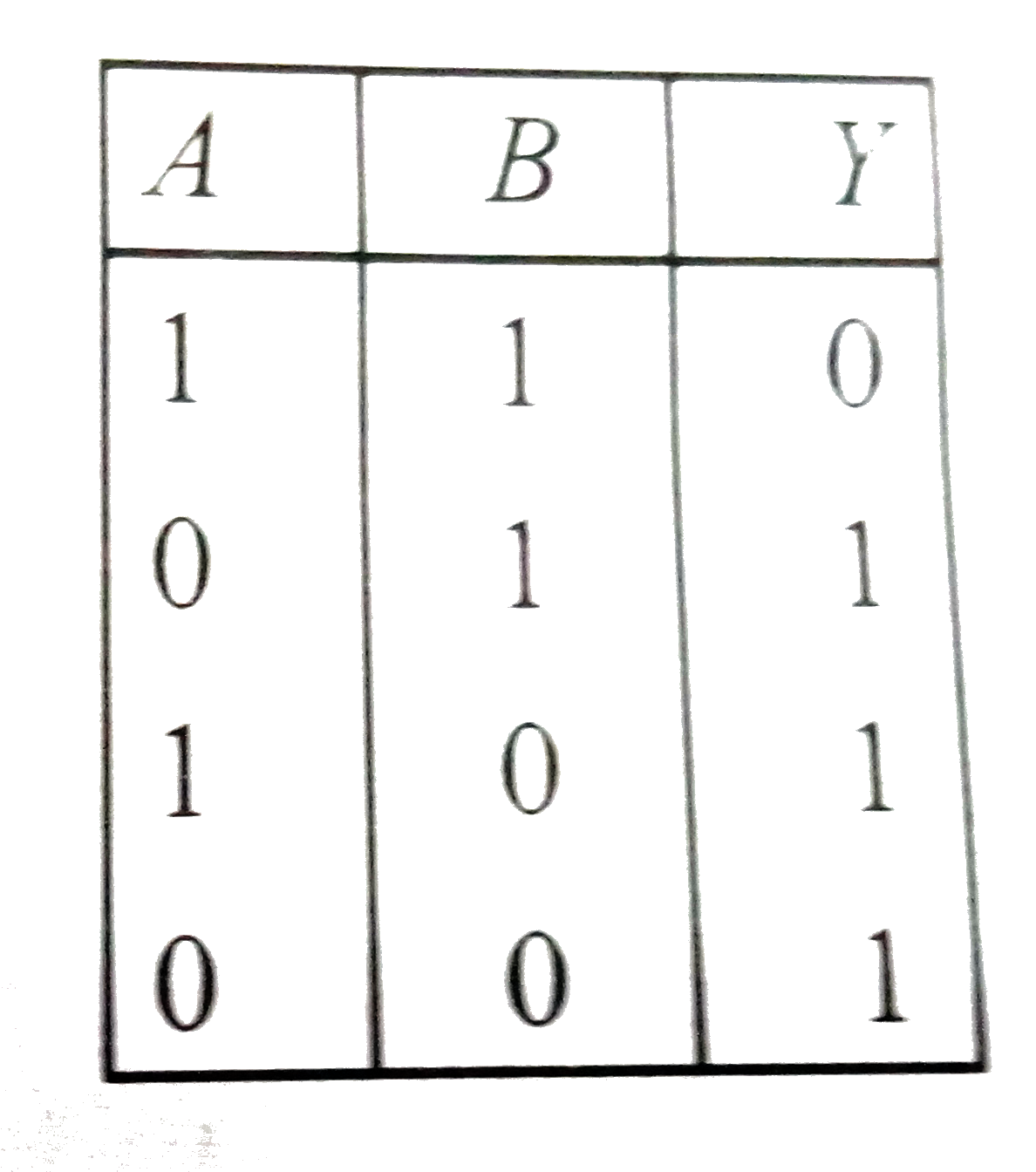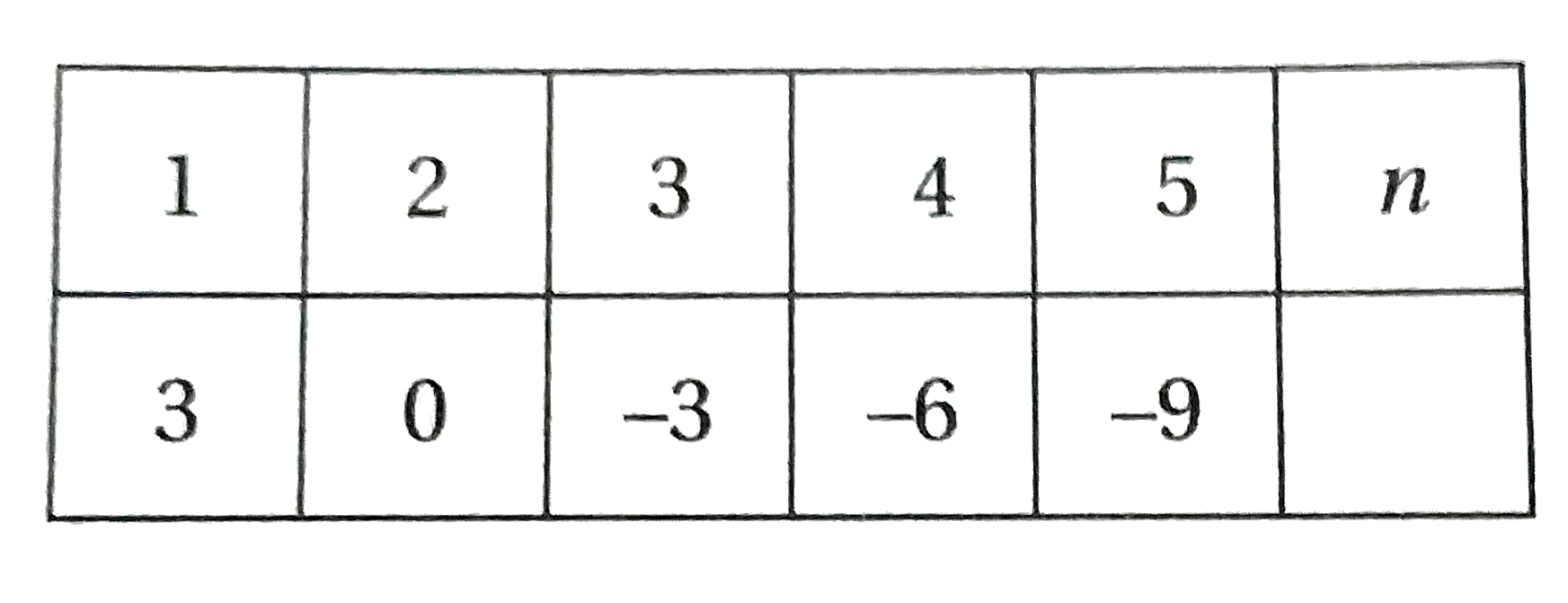A bulb is hanging over a table. At which portion of the table is the illuminance maximum '? If a plane mirror is placed above the bulb facing the table, will the illuminance on the table increase ?
Step-by-Step Solution:
1. Understanding the Setup:
- We have a bulb hanging above a table. The bulb acts as a point light source, emitting light in all directions.
2. Identifying Maximum Illuminance:
- The illuminance (E) on a surface is defined as the amount of light falling per unit area. It depends on the angle at which light strikes the surface.
- The formula for illuminance is given by:
E=I⋅cos(θ)d2
where E is the illuminance, I is the intensity of the light source, θ is the angle between the light ray and the normal to the surface, and d is the distance from the light source to the surface.
3. Finding the Point of Maximum Illuminance:
- The illuminance is maximum when θ=0 degrees, meaning the light rays are perpendicular to the table surface.
- Therefore, the maximum illuminance on the table occurs directly below the bulb.
4. Effect of a Plane Mirror:
- Now, if we place a plane mirror above the bulb facing the table, the light rays that would normally travel upwards will hit the mirror and reflect downwards towards the table.
- This additional light reflected from the mirror will increase the total amount of light falling on the table.
5. Conclusion:
- Thus, the illuminance on the table will indeed increase when a plane mirror is placed above the bulb.
Final Answer:
- The maximum illuminance on the table occurs directly below the bulb.
- Yes, the illuminance on the table will increase if a plane mirror is placed above the bulb.
---
- We have a bulb hanging above a table. The bulb acts as a point light source, emitting light in all directions.
- The illuminance (E) on a surface is defined as the amount of light falling per unit area. It depends on the angle at which light strikes the surface.
- The formula for illuminance is given by:
E=I⋅cos(θ)d2
where E is the illuminance, I is the intensity of the light source, θ is the angle between the light ray and the normal to the surface, and d is the distance from the light source to the surface.
- The illuminance is maximum when θ=0 degrees, meaning the light rays are perpendicular to the table surface.
- Therefore, the maximum illuminance on the table occurs directly below the bulb.
- Now, if we place a plane mirror above the bulb facing the table, the light rays that would normally travel upwards will hit the mirror and reflect downwards towards the table.
- This additional light reflected from the mirror will increase the total amount of light falling on the table.
- Thus, the illuminance on the table will indeed increase when a plane mirror is placed above the bulb.
- The maximum illuminance on the table occurs directly below the bulb.
- Yes, the illuminance on the table will increase if a plane mirror is placed above the bulb.
Topper's Solved these Questions
- PHOTO ELECTRIC EFFECT AND WAVE PARTICLE DUALITYBOOK - HC VERMA ENGLISHCHAPTER - PHOTO ELECTRIC EFFECT AND WAVE PARTICLE DUALITYEXERCISE - question for short answer
13 Videos
- SEMICONDUCTOR AND SEMICONDUCTOR DEVICESBOOK - HC VERMA ENGLISHCHAPTER - SEMICONDUCTOR AND SEMICONDUCTOR DEVICESEXERCISE - Question for short answer
11 Videos
Similar Questions
An electric bulb is hanging over a table at a height of 1 m above it. The illuminance on the table directly below the bulb is 40 lux. The illuminance at a point on the table 1 m away from the first point will be about
View SolutionWhich period of the periodic table contains maximum number of elements?
View Solution
Knowledge Check
The given truth table is for which
 ANANDBXORCNORDOR
ANANDBXORCNORDOR
Which of the following equations relates y to x for the values in the table above?Ay=12.(52)xBy=2.(34)xCy=34x+2Dy=72x−34In the long form of the periodic table, the transition metals are placed in
As-blockBf-blockCd-blockDs and p- block.
Write the decimal shown in the following place value table:
View SolutionA point source emitting light uniformly in all directions is placed 60 cm above a table-top. The illuminance at a point on the table-top, directly below the source, is 15 lux. Find the illuminance at a point on the table-top 80 cm away from the first point.
View SolutionA heavy uniform chain lies on horizontal table top. If the coefficient of friction 0.25, then the maximum fraction of length of the chain that can hang over on one edge of the table is
View SolutionIf the atomic number of an element is 33, it will be placed in the periodic table in the
View SolutionWhich expression represents the pattern in the table ?

View Solution